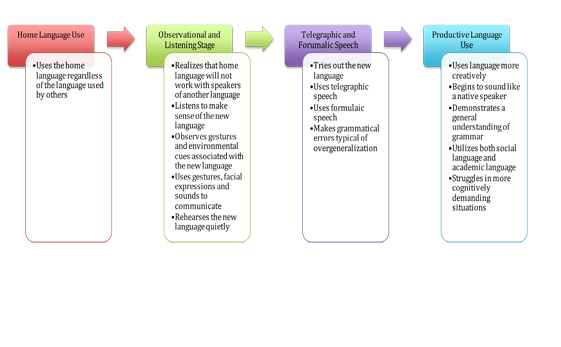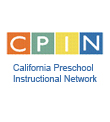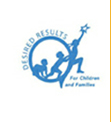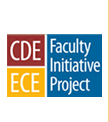Home| Understanding Dual Language Learners | Paths to Bilingualism | Sequential Bilingualism
Sequential or Successive Bilingualism
When children are exposed to additional languages at age three or older, they are considered sequential or successive bilinguals. Sequential bilinguals differ from receptive bilinguals in that they have had little to no opportunity to build receptive skills prior to age three. In essence, they are learning the new language “from scratch.” Sequential bilinguals move through four stages. Children may appear to be in one or more of these stages depending on context, communication partners, language scaffolds, and opportunities provided by the teacher. Movement through the fours stages may take anywhere from six months to two years, depending on the child and the quality of the child's language-learning environment. It is important to note that full fluency in any language takes anywhere from four to ten years. Full fluency includes comprehension, expression, reading, and writing. Moreover, the rate of acquisition is influenced by a broad range of factors (CDE, 2008, p.106).
Read more about:





